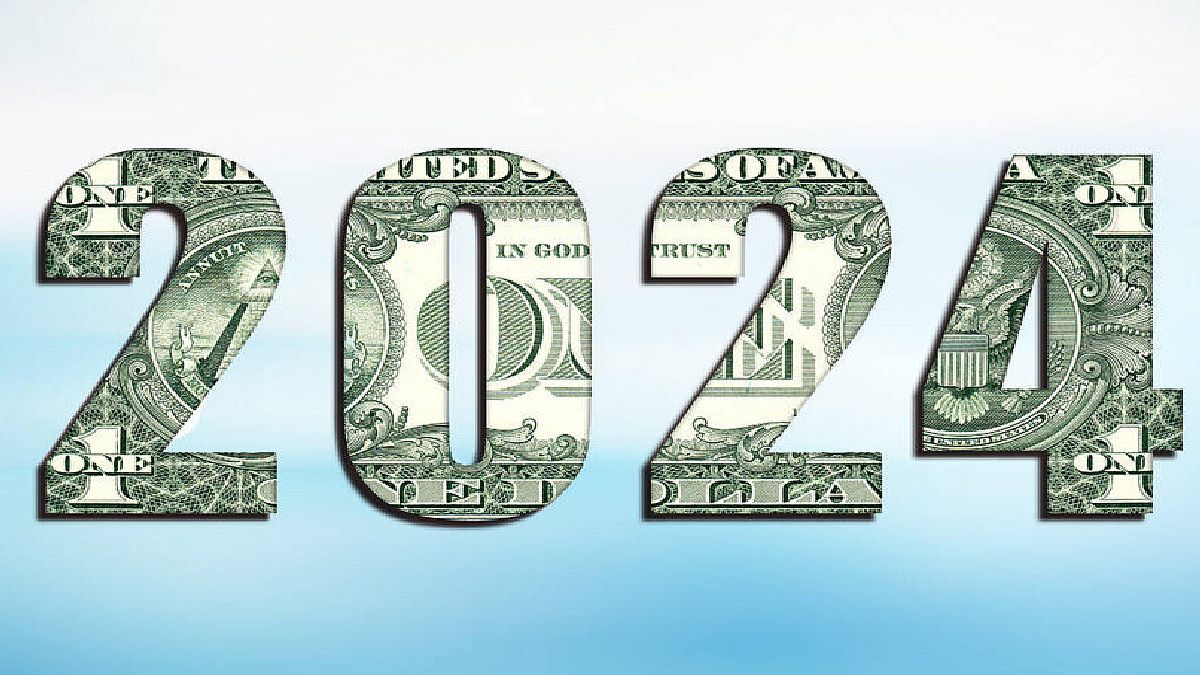The Minister of Economy Luis Caputo announced on Tuesday a emergency measures package through a recorded message in it Treasury Palacewhere he indicated that would “honest” the official exchange rate and would take it from $366.45 to $800, which meant an increase of 118.3%. Among the initiatives aimed at generating a fiscal adjustment to reduce the deficit they also included removal of subsidies rates and transportation, as well as the cut transfers to the provinces Yet the public work.
Dollar: how much was the devaluation of the official exchange rate?
The devaluation of the peso against the dollar was 54%. The most important since May 1989. In this way, the wholesale exchange rate went from $366.45, the value at which it closed on Tuesday, to $800, which meant an increase of 118.3%. This exchange rate will not remain fixed, since the BCRA anticipated that it will continue to depreciate 2% monthly.
Dollar stocks: will it be released?
The exchange restrictions will continue, at least for the moment, since the central bank It does not have the necessary reserves to supply demand. Currently, the monetary authority has a red mark estimated at US$11 billion, according to the market, and a debt of importers that in September reached US$43 billion. However, with the devaluationthe exchange gap was reduced from 190% to less than 40%.
Can dollar savings be bought?
In relation to the previous point, when continuing the exchange restrictionsalso maintains the dollar purchase limitation in US$200 monthly. The reference price of this currency is $1,312, according to the National Bankand is composed of official exchange rate ($820) plus COUNTRY tax of 30% ($246) more the perception of Profits of 30% ($246).
Card dollar: what will happen to consumption in plastics and streaming services?
The same price of dollar savings at $1,312 It will also be applied for payments in pesos for card consumption., for contracting tourism services abroad and for the import of certain luxury products.
Meanwhile, for the streaming services The cost of the dollar is $1,304. This differential exchange rate is composed of the official National Bank ($820) plus COUNTRY tax of 8% ($66), one perception of profits of 30% ($246) and the 21% VAT ($172).
Blue dollar: how much could it reach?
The market expects that parallel exchange ratesAs the blue and the MEP, increase in the next few days by 20%which would lead to the gap with the official above 50%.
The ceiling of the parallel exchange rate would be, according to specialists, the cost of dollar cardwhich is currently at $1,312.
“The recession is going to be fiercewith which, I would not risk thinking that the gap is going to double, since there will be no money. Now what happens is that the tourist dollar will be located around $1,320, which will generate blue dollar demand to go on vacation, because no one is going to pay with a card, we don’t use it anymore,” the financial analyst explained to Ámbito Salvador Di Stefano.
BCRA: what will happen to the interest rate?
He Central Bank (BCRA) He reported that The interest rate of the Leliqs will remain unchanged at 133% of nominal annual rate (TNA)which is equivalent to a monthly effective rate (TEM) of 11% – which pays the fixed term – and a annual effective rate (TEA) of 255%.
On the other hand, it will reduce the rate of Passive Passeswhich are overnight placements made by private banks in the Central Bank, from 126% to 100%, to reduce interest payments and at the same time encourage the use of longer instruments.
Import: what is going to happen to commercial debt?
The commercial debt of the State with importers of goods In September it stood at US$43,000 million. Of this total, US$24 billion were accumulated in the last two years alone. In this context, the Central Bank released the dollars to guarantee importers’ access to the Single and Free Exchange Market (MULC). The organization led by Santiago Bausili, eliminated the need for prior approval to pay for imports and established a tiered system of access to the exchange market.
Tax adjustment: what will it be like and who pays for it?
The fiscal adjustment will go mainly through the liquefaction of expenses. This has to do with the fact that the Government will extend the budget 2023for which the expenses will be liquefied due to inflationary accelerationthe reduction of transfers to provinces, public work and fare and transportation subsidies.
Another thing that may impact is the possible suspension of the retirement mobility formulaalthough a rule of this type must pass by the Congressbecause the update quarterly is law.
Caputo also confirmed that will suspend the official guideline for one year, the number of public employees will be reduced and that will reduce the structure of the State.
Likewise, Economía seeks to increase income thanks to a increase in withholdings on exports at 15% and COUNTRY tax for imports from 7.5% to 17.5%. I could also send to Congress a request to review the changes made to the Income Taxand an initiative of “advance” of the payment of the Personal Property Tax with a preferential rate.
According to official estimates, the Government could cut 3% of GDP in 2024, while thanks to the greater tax pressure it could collect an extra 2.2% of the product. In this way, the State’s financial accounts would be balanced in one year, since in 2023 they are expected to end up with a deficit of around 5% of GDP.
What will happen to the Leliq and other liabilities of the Central Bank?
Although the Minister of Economy did not refer to the “bomb “Leliqs” of the central banka topic on which the president placed great emphasis, these moved to shorter-term instruments in the last month, which now became a “bomb” Passive Passes.
In that sense, the BCRA reduced the pass rate from 126% to 100%, to reduce interest payments. Furthermore, the strong devaluation “will liquefy” part of the Passives of the monetary authority.
Source: Ambito




